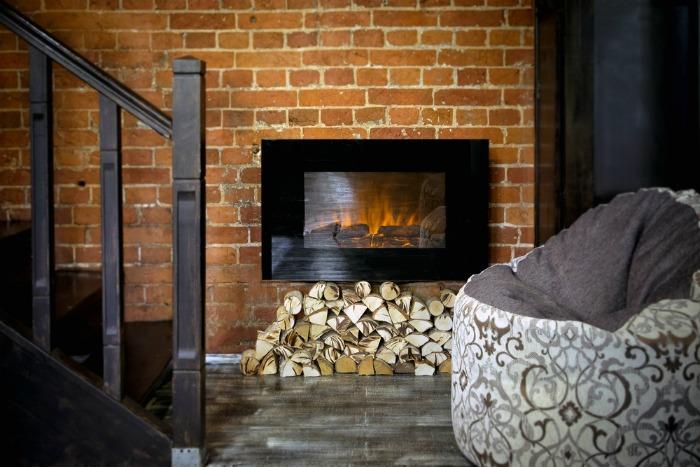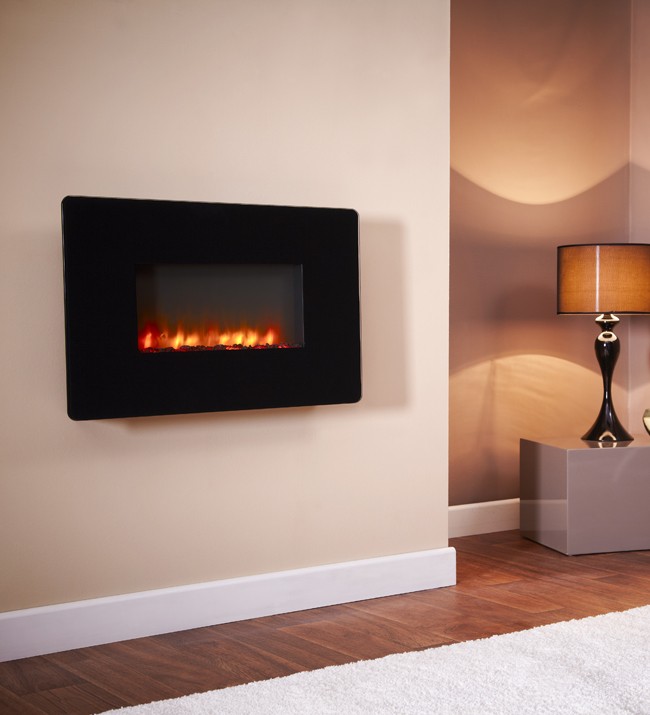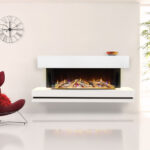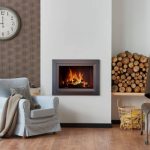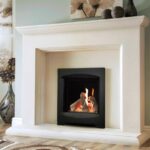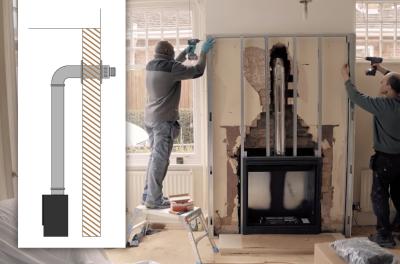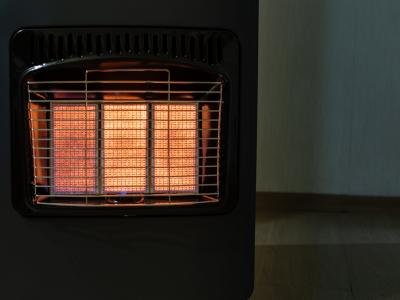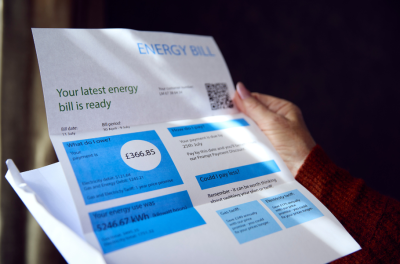We use cookies to improve your experience and our business. See our privacy/cookie policy or continue browsing to accept our use of cookies. View our cookie policy.
How To Install An Electric Fire At Home
If you’re installing an electric fireplace, it’s important that it’s done safely and professionally - not only will this make sure it looks great, but it’ll also ensure it’s safe and works efficiently.
Unlike gas and solid fuel, it’s not as important that electric fires are fitted by an engineer, and so it’s perfectly possible that you can install one yourself. However, there are still some things to bear in mind before you jump in and fit your lovely new fire - if you’re unsure about which electric fire to buy, take a look at our handy buying guide.
What you’ll need:
- Instruction manual
- Spirit level
- Screws and fixings
- Screwdriver
- Drill with relevant bit
- Tape measure
- Electrical outlet
- Hammer & chisel (if you’re doing any structural work)
How to install an inset electric fire
Inset electric fires are designed to fit inside a cavity, which can either be a traditional fireplace (most likely) or a specially made cavity. Most inset electric fires will fit into a standard sized cavity (22” x 16”) but it’s always best to check the individual requirements of the fire as some will vary.
If you need to do any structural work to your fireplace or create a cavity in which the fire can sit, ensure this is done carefully, getting a professional to do it if you’re not sure what you’re doing.
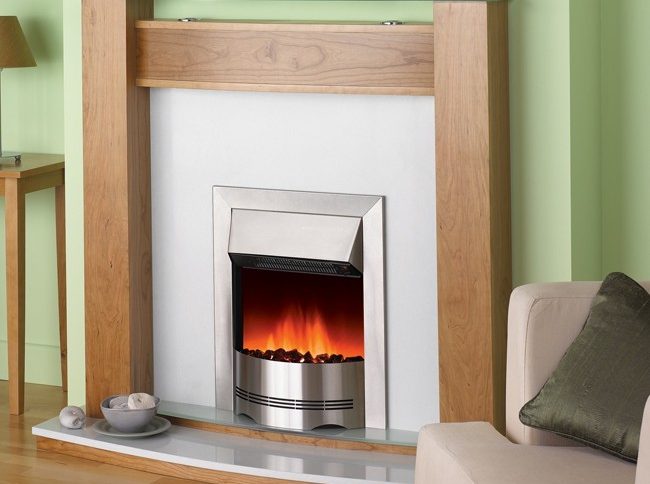
Pictured: Dimplex Elda Electric Fire
When fitting into an existing fireplace, be aware that heat can be lost up the chimney, reducing efficiency, and up-draught can affect the operation of the fire. To prevent this, it’s recommended that the chimney flue is blocked off - a chimney balloon is a good way to temporarily block up your chimney.
If you’re fitting a full electric fireplace suite, you’ll have to cut away section of the skirting so that it fits nicely in place against the wall. If you’re not fitting a suite, you’ll need to fit a suitable back panel and fire surround. Once the surround is in place, it should simply be a case of pressing the fire into it and connecting up the power supply.
Of course, always follow the installation instructions supplied as they will differ from fire to fire.
How to install a wall-mounted electric fire
Wall-mounted electric fires are becoming more and more popular, especially for those with small rooms or limited floor space. Of course, it’s vitally important the wall onto which the fire is attached is structurally sound and the fixings used are capable of supporting the weight of the fire - always use the fixings supplied where possible. If installing into a cavity or studded wall, you may need extra fittings to make sure it’s secure.
You should also make sure that the heater, which is at the base of the fire, is at least 400mm away from any combustible material.
As with all electric fires, you need to ensure there is access to an electric socket, drilling a hole in the wall towards the socket if necessary. Most wall-hung electric fires will come with some kind of template that shows you where you need to drill and insert cables.
Drill the holes with the relevant drill bit and insert rawl plugs. Fit the screws where necessary, leaving them proud by 5-10mm. Hang the fire onto the screws and check everything is level, adjusting where necessary. When you’re happy, tighten up any screws as required.
Again, refer to the installation instructions that come with your electric fire for specific advice.
How to install a hole in the wall electric fire
For those who want something super-stylish, a hole in the wall electric fire will do the trick. Also called recessed electric fires, these sit flush or almost flush against a wall and are, again, a good choice for small rooms, although look great in any space. Some fires can work as either wall-hung or hole in the wall fires.
Of course, you will need to create a hole in which to slot the fire, so that should be your first job. As with regular wall-mounted fires, you’ll need to ensure the wall is structurally sound and capable of housing the fire (is it deep enough, for instance). Unless you’re a dab hand at DIY, we’d recommend getting in a professional to cut out the hole, which should be lined in some way so it doesn’t damage the sides of the fire.
Then it’s just a case of sliding the unit in and fixing to the wall - although you may need to remove the glass front panel before you do slot it in.
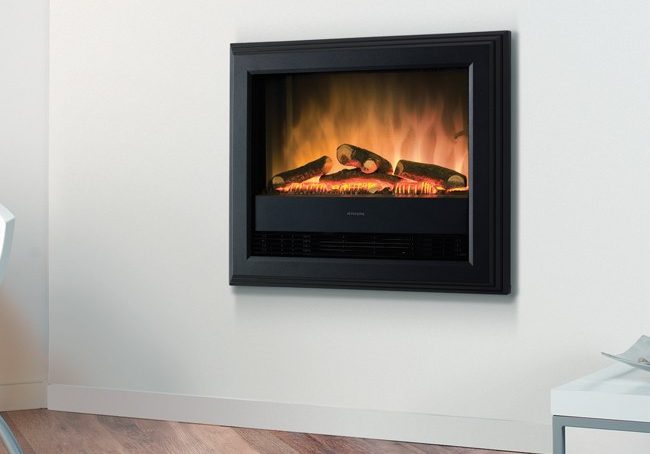
Pictured: Dimplex Bach Electric Wall Fire
Installing gas and solid fuel fires
If you’re looking to fit a solid fuel or gas fire, then our advice is to get a professional to do it. More specifically, if you're installing a solid fuel fire, you should use a HETAS qualified engineer, and if it's a gas fire you should use a Gas Safe Register qualified engineer.
An expert will know how to properly connect gas lines, establish proper gas pressure, and insure snug valve and hose fittings. If not installed properly, you may even find that you void the warranty of your fireplace and even violate building regulations and your house insurance.
General tips for installing an electric fire
Here are some general tips that will help you fit an electric fire at home:
- If in doubt, get a professional in to help with any structural or electrical work
- Always follow the instructions as supplied by the manufacturer
- Always ensure the electricity is turned off when fitting an electric fire
- Do not install a fire where the heater is directly above the plug socket
- If the fire seems damaged in any way, do not install it
- Do not modify the fire in any way
- Make sure any structural work complies with the relevant building regulations
- Do not connect a fire to an extension lead
We hope this guide is of use - you can take a look at our full range of electric fires, and if you have any further questions, please get in touch.
[related_products is_auto_added="1"]direct fireplaces
Latest posts by direct fireplaces (see all)
- Which Electric Fireplace Gives the Most Heat? - February 5, 2021
- Retro Fires and Retro Stoves for the Home - January 22, 2021
- Do I Need a Fireplace in My New Home? - January 20, 2021

